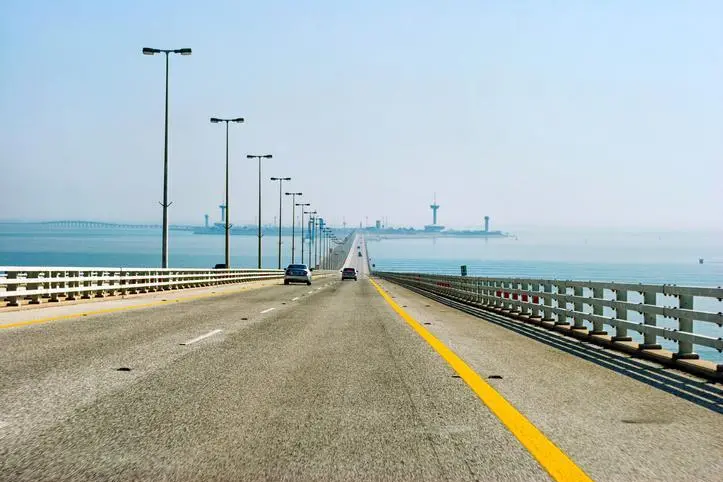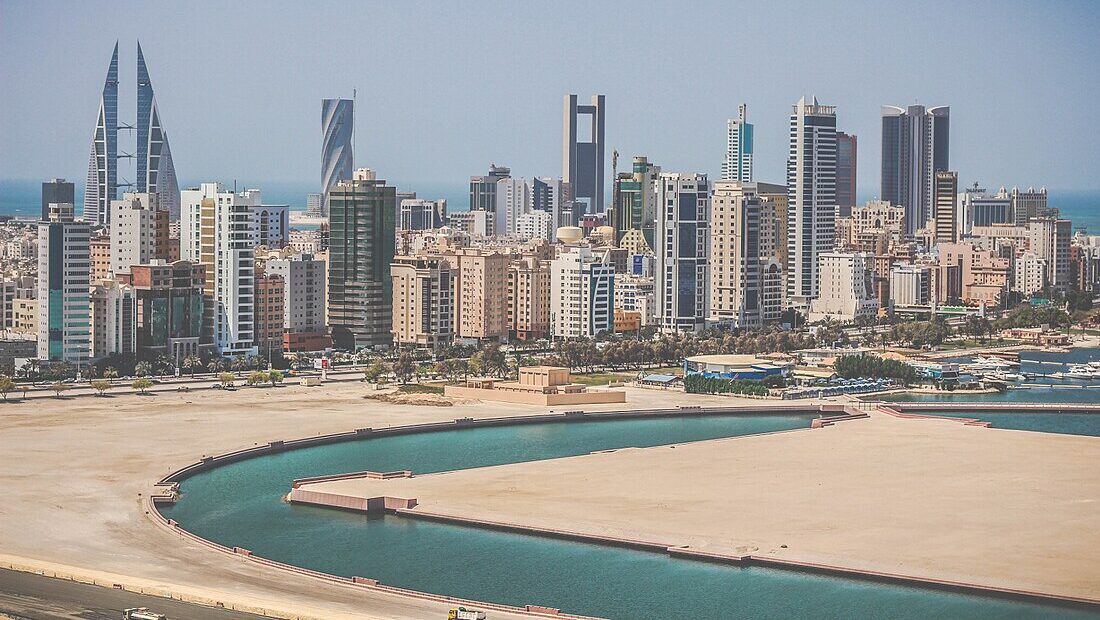If you’ve driven through Manama’s roads lately, you may have noticed something surprising: less traffic. The city, once known for its long red lights and frustrating gridlocks, is now experiencing smoother rides—thanks to a new AI-assisted traffic light system.
Launched as part of Bahrain’s ongoing smart city efforts, this high-tech traffic management solution is already showing results. Drivers say they’re spending less time at intersections, and city officials report noticeable reductions in congestion during peak hours. So, what changed?
A Smarter Way to Manage Traffic
The secret behind this transformation is artificial intelligence (AI). The system uses sensors, cameras, and real-time data to control traffic lights across busy parts of the city. Unlike traditional systems that rely on timers, this AI setup makes quick decisions based on what’s actually happening on the road.
For example, if one road is more crowded than another, the AI can extend green lights where traffic is heavy and shorten them where it’s light. It constantly adjusts the flow to reduce buildup and delays. This real-time intelligence is making a big difference on Manama’s roads.
According to the city’s transportation department, the AI-based system has already led to a 25% drop in average waiting time at intersections. That means faster commutes, fewer horns, and a less stressful driving experience overall.
Why Manama Needed This
Like many fast-growing cities in the Gulf, Manama has been facing increasing traffic challenges. With a growing population, more cars on the road, and expanding business hubs, the pressure on the city’s road system has only gotten worse.

Previously, traffic signals across the city worked on fixed timing cycles, regardless of traffic flow. This often caused long lines at certain intersections while others remained almost empty. The outdated system couldn’t adapt to changing patterns or emergencies.
In contrast, the AI system is dynamic. It watches traffic movements from smart cameras, tracks vehicle counts, and communicates with other signals nearby. It can even give priority to emergency vehicles and public transport if needed.
This shift is not just about convenience—it’s about efficiency, safety, and sustainability.
Early Success, Local Praise
Drivers who use busy roads like the Shaikh Khalifa Highway and Al Fateh Highway have noticed shorter wait times. “I used to get stuck for 10 to 15 minutes at a single signal during the evening rush,” said Hamed Al Busaidi, a delivery driver in the city. “Now, I pass through within 3 to 5 minutes most days.”
Public feedback has been largely positive. Local business owners say better traffic flow is helping them receive deliveries on time and improving customer footfall. Tourists and first-time visitors are also reporting smoother rides around the capital.
Even taxi drivers—usually the first to notice traffic issues—have said their trips are quicker, especially during lunch hours and after work.
Environmental and Economic Benefits
The benefits of this system go beyond time-saving. With vehicles spending less time idling at red lights, the city has seen a reduction in fuel usage and emissions. Early data suggests up to a 15% cut in CO₂ levels around key intersections.
That’s good news for both the environment and the wallet. Less fuel used means drivers spend less money, and reduced emissions support Bahrain’s wider green initiatives under Vision 2030.
There’s also an economic gain for the city. Traffic jams cost cities billions worldwide in lost productivity. By keeping cars moving, Manama is helping businesses, workers, and transport services stay on schedule.
What’s Next for the AI System?
Manama’s traffic authorities are now planning to expand the system to more neighborhoods and outer areas of the city. While the AI is currently active at around 40 major intersections, plans are in place to roll it out to 75 locations by early next year.
In addition, the system could soon integrate with mobile apps and GPS navigation tools, allowing drivers to see real-time updates and suggested detours. There are also discussions around connecting the system with public bus schedules to further improve transit efficiency.
Bahrain’s Ministry of Interior is also studying how this technology can help emergency services. By detecting the approach of ambulances or fire trucks, the AI could change lights to clear a path faster—potentially saving lives.

Challenges and Ongoing Work
While the project has been mostly successful so far, there are still challenges. Bad weather, road construction, and unexpected events can sometimes confuse the system. Officials are working closely with engineers and software teams to make it even more accurate.
There’s also the matter of public awareness. Not all drivers know how the new system works, and some may still rush yellow lights or block intersections. As part of the upgrade, the government has launched a small public education campaign to promote better driving habits.
Technology, after all, can only go so far—people still play a role in making traffic smoother.
A Step Towards a Smarter Future
This project is one part of Bahrain’s broader smart city strategy. The government is using technology in areas like public safety, water management, and digital services. With AI now helping to manage traffic, Bahrain is showing how innovation can improve daily life.
Experts believe this is just the beginning. In the future, AI systems may help predict traffic patterns days in advance, suggest route changes via text alerts, and even guide self-driving vehicles. For now, though, most people are simply happy to get home a little earlier.
As Manama drivers continue to enjoy lighter traffic and shorter waits, one thing is clear: smart signals are here to stay—and they’re already making a big difference.
Also read: Iraq’s Desert Turns Green: Farmers Tap Groundwater Power



